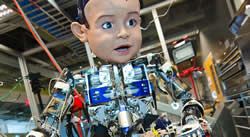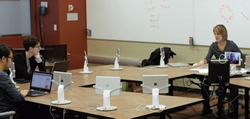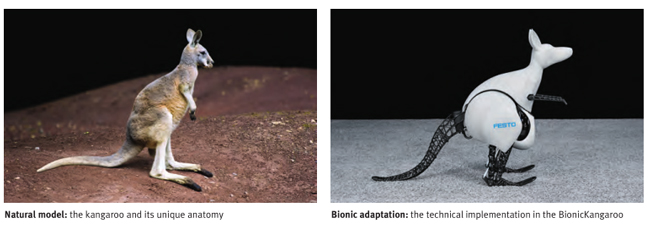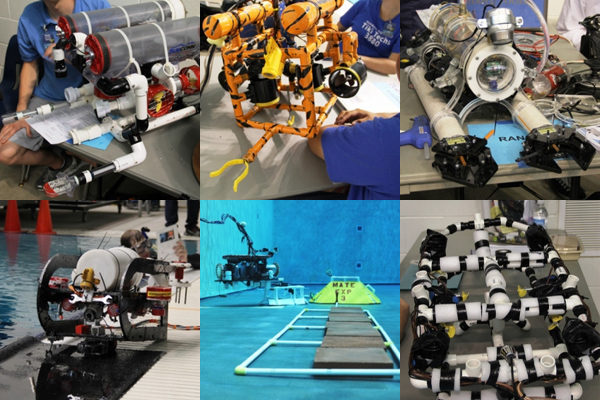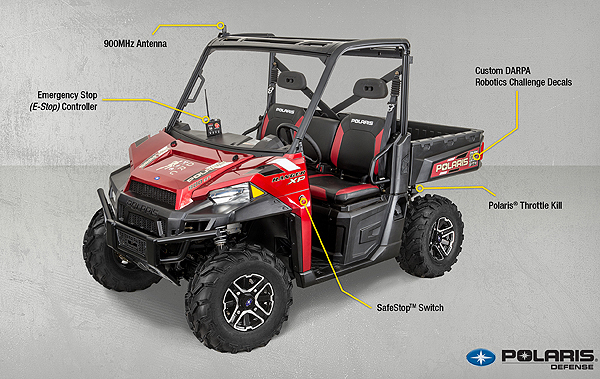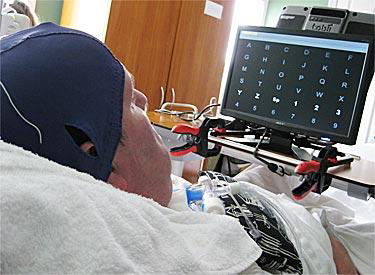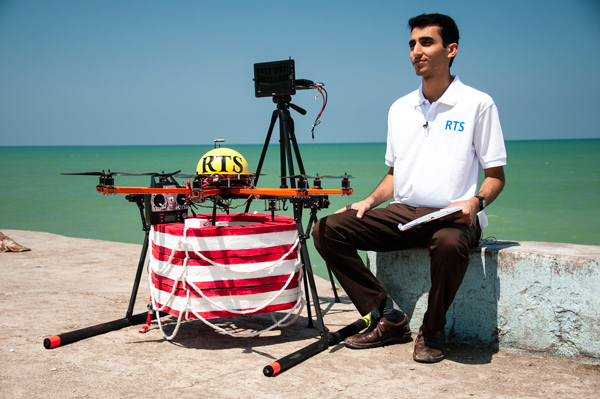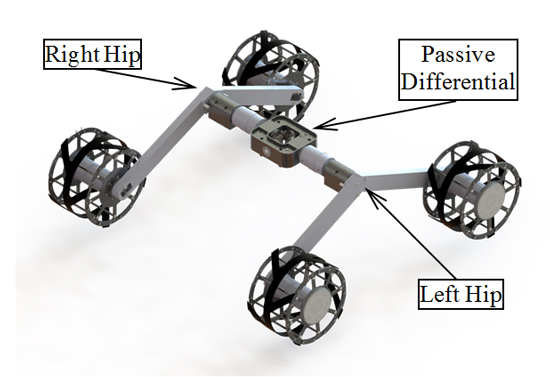UCSD to create robots that see, think and do
Robotics Enter Hybrid Instruction
Local Portland business, Virtuabotix.com, opening its brand for resale
Industry Pioneer Leads National Robotics Education Foundation
The Rubik and the Robot
Bionic Kangaroo
National Robotics Week And MATE ROV Competition
DRC SafeStop Case Study
Brain Control Becomes A Reality
Using Drones To Prevent Animal Poaching
The Savior Aerial Robot (Pars)
Interview With FAMU-FSU College of Engineering: RASC-AL Competition
Interview With University Of Nebraska: RASC-AL Competition
Interview With University of Utah, "RoboUtes": RASC-AL Competition
Interview With West Virginia University: RASC-AL Competition
Records 16 to 30 of 42
First | Previous | Next | Last
Featured Product


